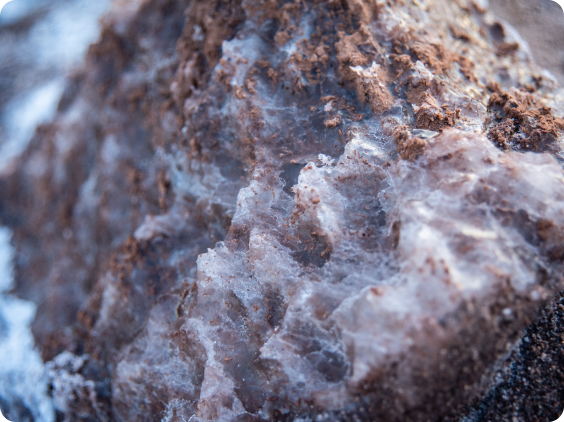
The Valley of the Moon
The Valley of the Moon area was originally named “Las Salinas” due to the great amount of salt that allowed the development of a small salt mining operation and extraction which origin is linked to a series of factors such as the abundant presence of chemical elements such as Na and Cl, due to the volcanic activity of the area, the weathering of pre-existing rocks that contain minerals formed by these chemical elements, and the endorreic nature of our basin that allows the “recycling” of the chemical elements that form salt minerals which dissolve each time there is a new altiplano rain period.
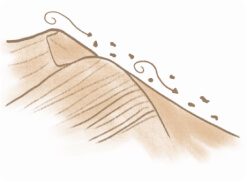
Higher Dune Trail
Located in the area that was originally called central crater or Moon Valley, this dune is the result of the accumulation of sand-sized wind-blown sediments flying in from the erasion of older rocks.
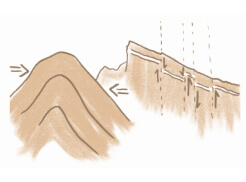
Amphitheater
The amphitheater is formed by rocks wich are called Vilama Formation. The Vilama Formation is < ma old, is made up of fine grain detrital rocks, and is different from the San Pedro Formation because it contains volcanic ash deposits that came in from the eruptions of the volcanoes that form the Western Mountain Range (The Andes) and because some of its strata keep a horizontal orientation. At this point, we can particularly see old rocks next to and not underlying newer rocks, due to the movements of rock blocks.
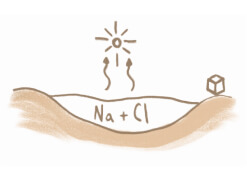
Salt Mines/ Victoria Mine
The Valley of the Moon area was originally named “Las Salinas” due to the great amount of salt that allowed the development of a small salt mining operation and extraction. One of the mines is the Victoria Mine whose owner was Gabino Aguilar who named the mine after her wife Victoria Vilca.
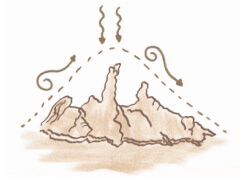
The Guards or Three Marys
Water erosion has always been the most important and effective one in this area mainly due to the great amount of minerals soluble in water such as Halite and Gypsum. Originally, this area was called The Guards and was choised by the ancient Atacameños to hold rituals in which they paid back to Earth, in the back area, nowadays, a viewpoint.

Source: Google Earth satellite image: Field information survey: CPA Tourism Unit. Cartography prepared by Esteban Ruíz S. November 2021.
